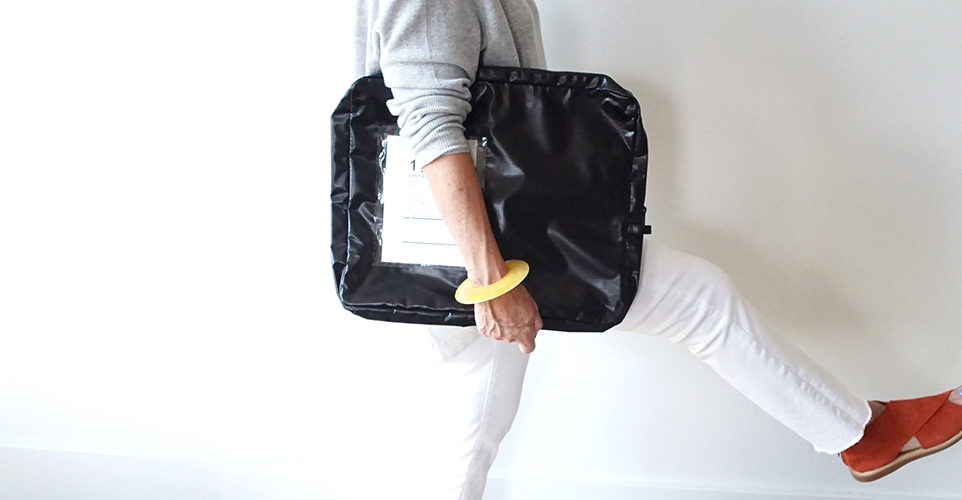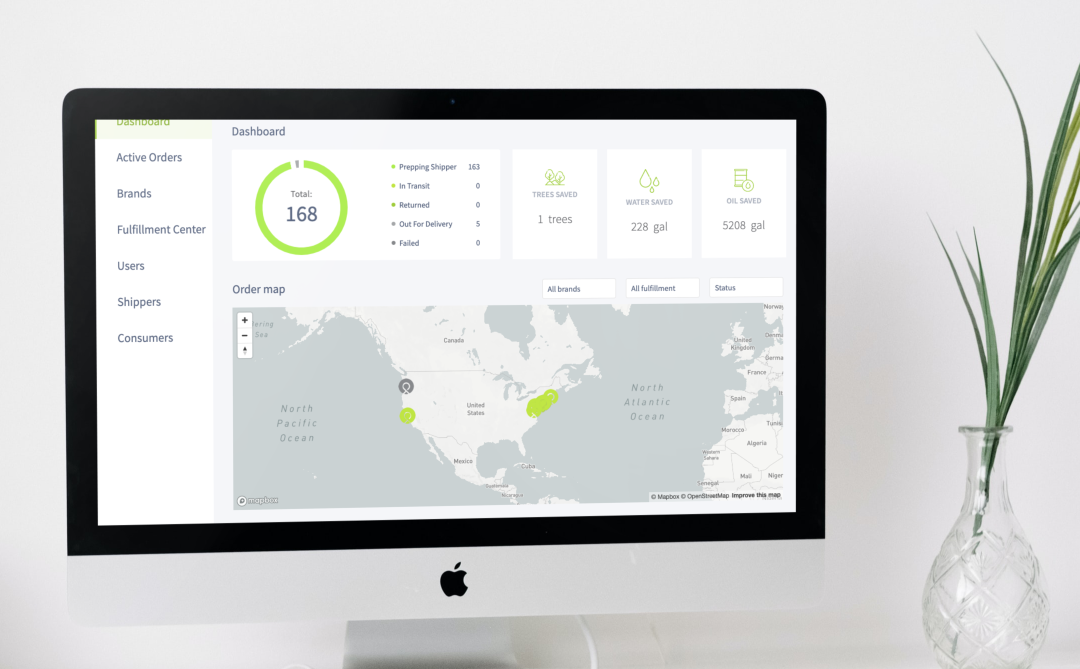Reverse logistics. Chances are you’ve heard this term before. But, sustainable reverse logistics? Stop right there. We know reverse logistics involves providing easy ecommerce return policies for your customers. But where does the sustainability piece come in?
Returned items end up landfilled due to the lack of insight needed when determining what to do with them. However, sustainable shipping with reusable packaging provides retailers said insight into the returned package’s status. Thence, sustainable reverse logistics combines data with customer service and inventory management to create a seamless, closed loop system, which mitigates waste and costs.
Two out of every three people will return a holiday gift, according to Forbes.
Refund policies are important. However, it’s no secret that retailers face unprecedented supply chain challenges, making returns more expensive and unpredictable. Not only are retailers faced with the challenges of a lacking reverse logistics system – including increased fraud and increased time and damage costs – but they’re also working in overdrive to meet their customers’ needs the best they can with what is left of our supply chain.
Right. That’s why we stopped you. Let’s break this down.
When we add sustainability, we’re now concerned about the end-of-life of these returned items. The probability of those returned items being landfilled doesn’t have to be as high as it is. Hitendra Chaturvedi, a supply chain management professor of practice at Arizona State University, tells NPR, “That is what consumers don’t realize — the life of a return is a very, very sad path.” Of course, this is dependent upon a retailer’s policy and the item, or items, being returned; however, retailers are still feeling the weight of the challenges as they reinvent said return policies, such as what Business Insider refers to as “just-keep-it” refunds.
Do “Just-keep-it” refunds aid in sustainable shipping?

It costs $33, or 66% of a $50 item, to process a return, on average. These costs were up 59% in 2021 from 2020, according to a report done by CBRE and Optoro. And Business Insider says what takes one shipment to fulfill a customer’s order, takes three separate shipments for it to be returned. Remember, retailers have little insight into the “forward” logistics of a customer’s order – tracking numbers and generalized locations. Forget having to track the logistics of three different journeys.
As Kim Friddle, who runs a business processing both new and returned items for Amazon sellers tells Business Insider, “If it’s going back into inventory, that thing gets shipped three times before it gets back on Amazon shelves, and every time that costs money.” With little visibility, retailers grapple with finding value in processing returns they know little about.
By refunding customers, but not taking the items back, retailers risk losing $4.4 million, while the end-of-life remains. In the end, it becomes the customer’s responsibility to do with the item what they will. Do they hang onto it in hopes of regifting it? Or do they donate it? With the pandemic keeping people inside, there’s little desire to hold onto unwanted gifts. So, as the pressure to do something about the unwanted item increases, customers may lean on default disposal – throwing it away.
Leveling-up reverse logistics with reusable packaging for sustainable shipping.
Retailers in apparel are faced with an additional challenge in creating ecommerce experiences for their customers that mirror brick and mortar experiences in hopes of reducing the need for as many returns. Further still, the “buy now, choose later,” or “bracketing,” ecommerce experience – where customers buy multiple of the same item to then return the unwanted options for the desired one – create greater challenges when multiple returns eat away at labor and cost.
To level-up, we must close the loop, if you will. And we do that with reusable packaging and IoT. Each LimeLoop reusable package, being that it’s reusable, houses a simple BLE sensor which collects data from the point of order through to the return of the package. Yes, you guessed it. AND of any items for return.
Each sensor collects and tracks the real-time location, open rate, temperature, and environmental impact of each package. Meaning, if a retailer circulates 1000 packages throughout their supply chain, they have 1000+ data points translating into predictive analytics which inform retailers of not only products’ statuses but of their journeys to and from customers, fulfillment centers and in-between carriers.
Championing reuse for sustainable shipping & reverse logistics.

Sustainable reverse logistics is concerned with more than just customer LTV. Returns can carry more value if we invest in smarter systems. With more data, retailers make informed decisions about better navigating the end-of-life for products certainly worth giving a second chance.
Landfills are the disposal default because exuberant costs in money, time, and labor devalue the potential of reverse logistics. Shipping with reusable packaging provides the necessary insight into determining an item’s end-of-life options without taking value, but rather adding it. With this data – housed on LimeLoop’s digital platform – retailers can more efficiently determine whether a returned item is damaged, repairable, reusable, resellable, or donatable.
Retailers, then, have real-time, two-way conversations about their products by way of the data. And thus, begin to nurture a stronger and smarter system built to withstand supply chain challenges. Think of the possibilities! Say a customer in Philadelphia wants to order an item you just ran out of. It’s going to take a couple months to replenish the inventory in that particular fulfillment center. However, your fulfillment center in Detroit just received a return of that exact item. What’s stopping you from having that new order in Philadelphia fulfilled with the returned item in Detroit, especially if you know all there is to know about where it’s been and who’s handled it?
Nothing.
A.K.A – customer delight not customer disappointment.

